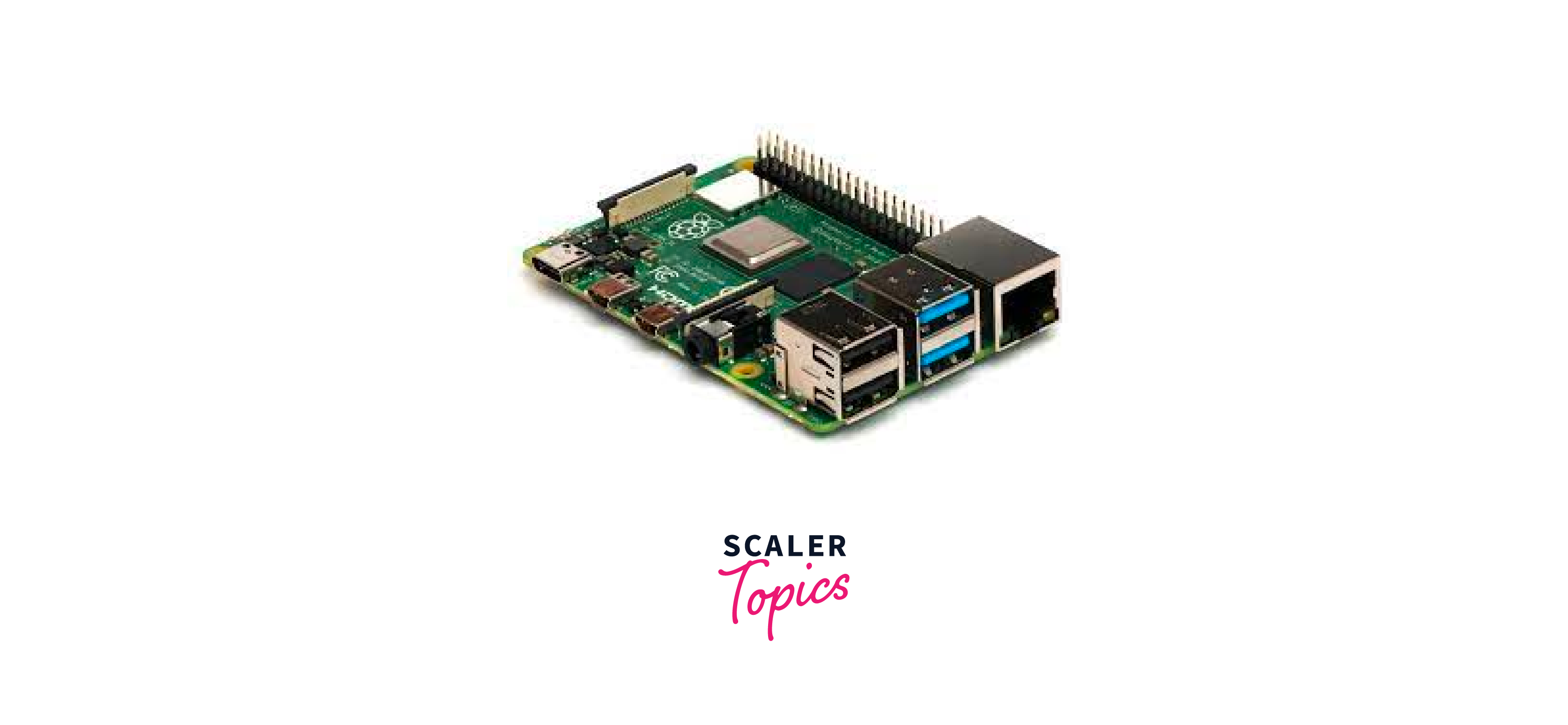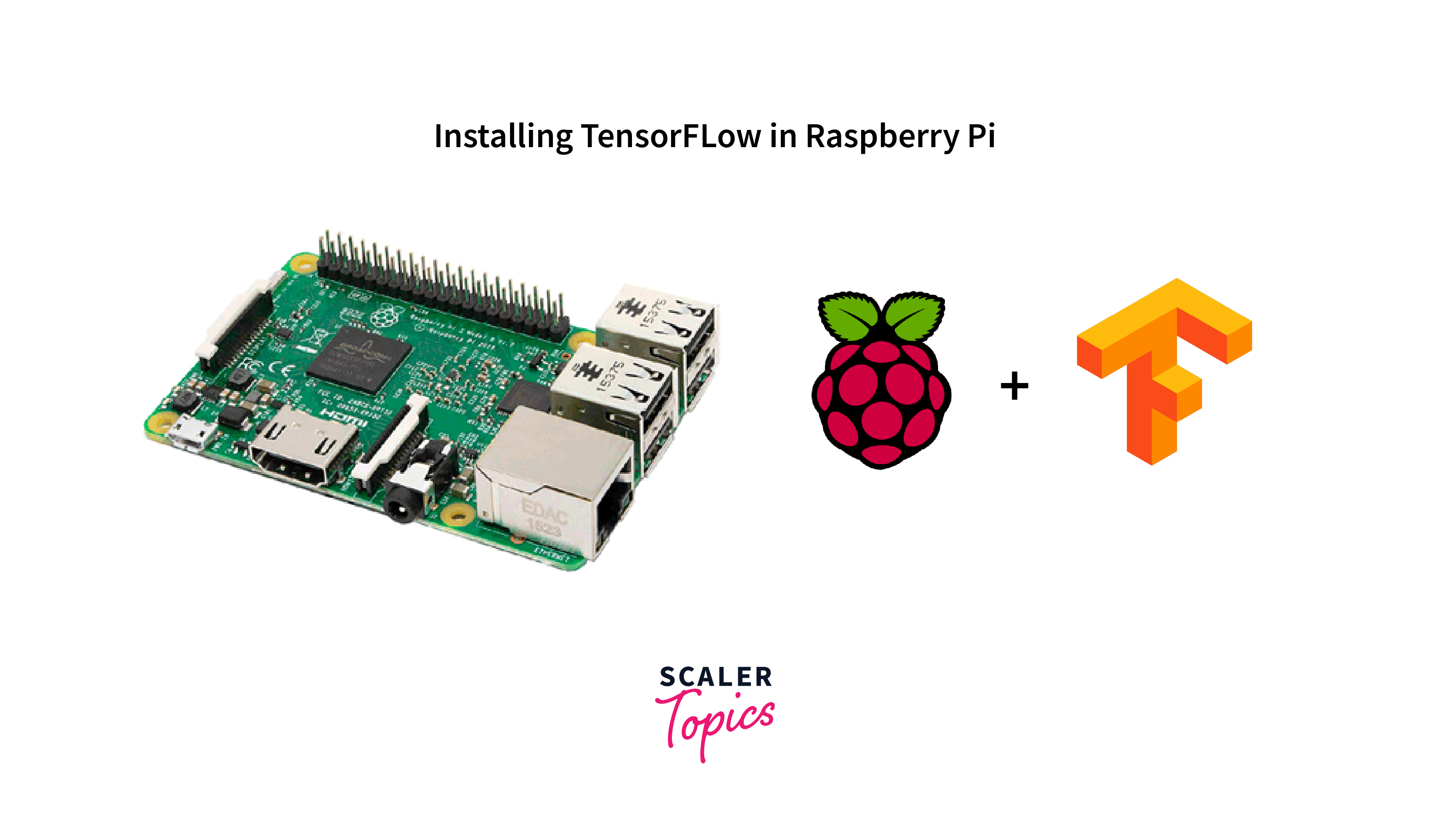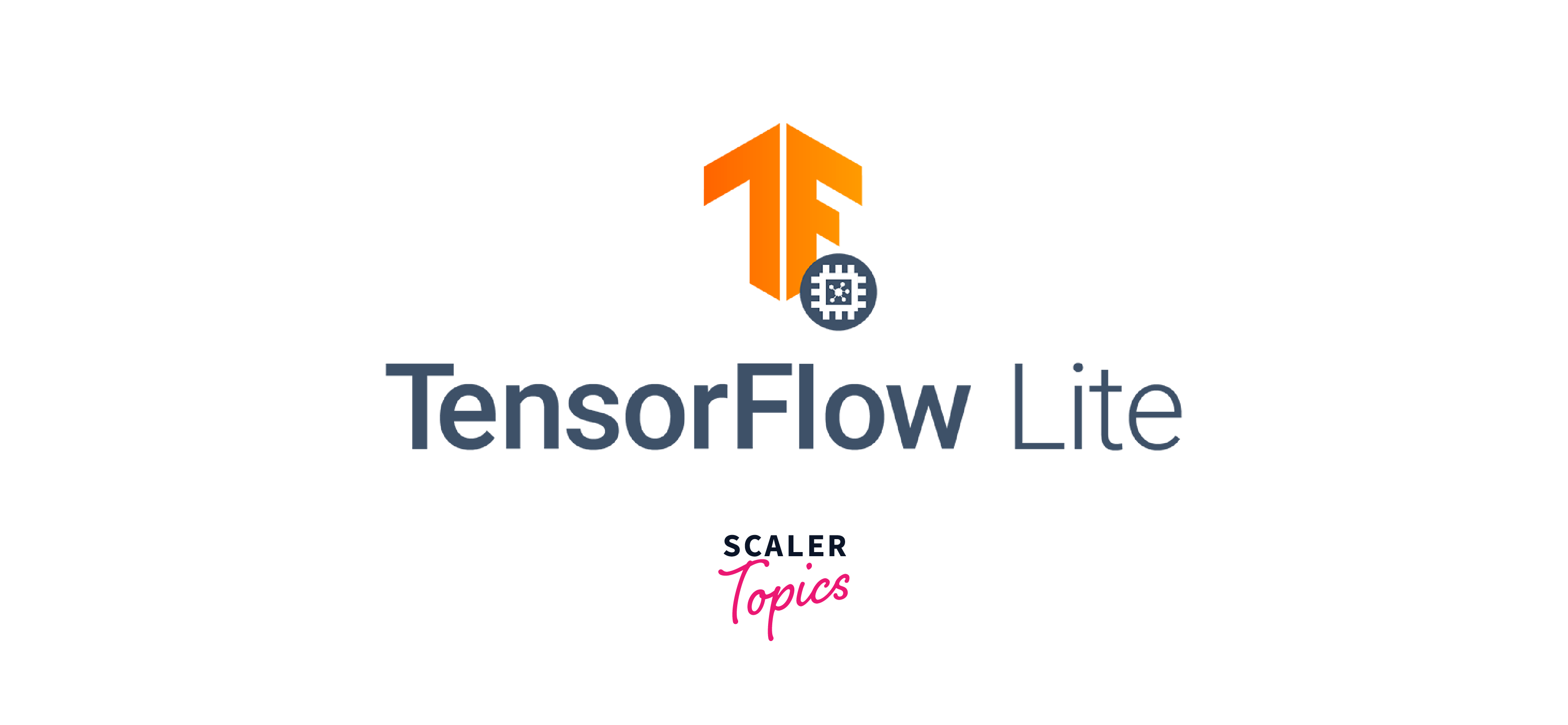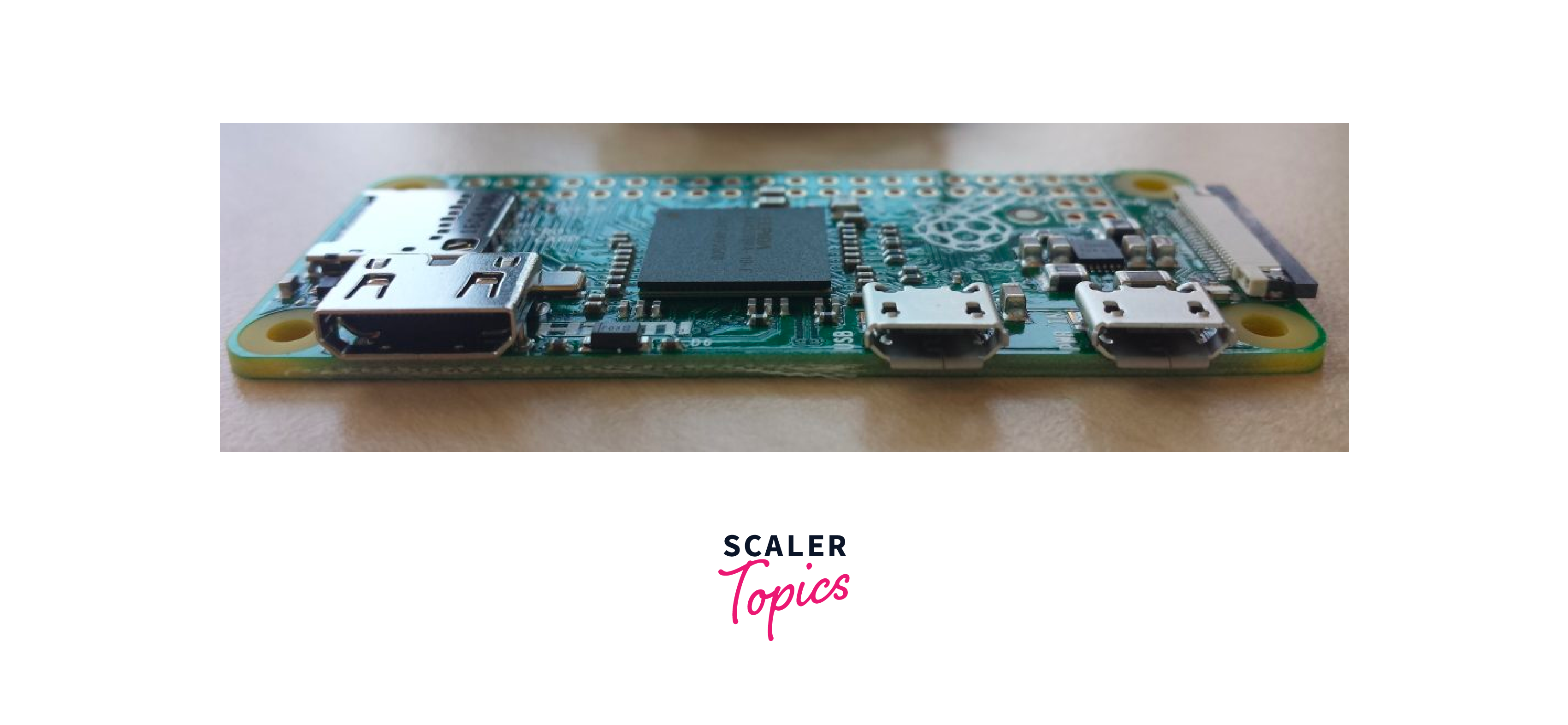TensorFlow for Raspberry Pi
Overview
This article explores the integration of TensorFlow, a popular machine learning framework, with the Raspberry Pi, a credit-card-sized computer known for its versatility. We'll explore setting up TensorFlow Raspberry Pi, leveraging TensorFlow Lite for resource-constrained environments, building projects, optimizing performance, and exploring real-world applications. By the end, you'll have a comprehensive understanding of using TensorFlow Raspberry Pi for various machine learning tasks.

Setting up TensorFlow on Raspberry Pi
Before diving into TensorFlow Raspberry pi applications, you must set it up on your Raspberry Pi. This involves selecting the appropriate version of TensorFlow, considering factors like compatibility and performance. The TensorFlow installation process might differ slightly depending on the Raspberry Pi model and the OS (Operating System) you are using. Below are the detailed steps for setting up TensorFlow on raspberry pi:

-
Step 1:
Update and Upgrade:
Before installing any packages, it's a good practice to update and upgrade the package list on your Raspberry Pi. Open the terminal and run the following commands:
-
Step 2:
Install Python and Pip:
TensorFlow requires Python, so make sure it's installed on your Raspberry Pi. Most Raspberry Pi distributions come with Python pre-installed. You'll also need Pip, the package installer for Python. If it's not already installed, you can install it using the following command:
-
Step 3:
Install Dependencies:
TensorFlow requires several dependencies. Install them using the following command:
-
Step 4:
Install TensorFlow:
Now you can now install TensorFlow using Pip:
-
Step 5:
Test the Installation:
To ensure that TensorFlow is correctly installed, open a Python shell:
OUTPUT
TensorFlow Lite for Raspberry Pi
While full-fledged TensorFlow Raspberry pi might be suitable for powerful systems, the Raspberry Pi's limited resources necessitate a more optimized approach. TensorFlow Lite, a lightweight version of TensorFlow designed for edge devices, is an ideal solution. It offers a reduced memory footprint and faster inference times, making it perfect for real-time applications on the Raspberry Pi.
TensorFlow Lite employs techniques like model quantization, which reduces the precision of model parameters, significantly curtailing memory requirements. This optimization not only minimizes the memory footprint but also expedites inference, enabling rapid responses to data inputs. Such efficiency becomes paramount for applications like object detection, where timely insights are imperative.
Install TensorFlow Lite:
Now you can install TensorFlow using Pip. For the Raspberry Pi, it's recommended to install the TensorFlow Lite version due to resource limitations:

Building Projects with TensorFlow on Raspberry Pi
In the intricate tapestry of technology, the union of TensorFlow and the Raspberry Pi weaves a canvas of innovation. This synergy facilitates the translation of imaginative concepts into tangible projects that harness the power of machine learning at the edge. Building projects with TensorFlow Raspberry Pi allows to harness the power of machine learning for various applications. This section will walk you through building a simple project with tensorflow raspberry pi.
-
Project: Image Classification using TensorFlow on Raspberry Pi
-
Objective: Use a pre-trained TensorFlow model to classify images captured by the Raspberry Pi's camera.
-
Code:
-
Install Required Libraries:
Before starting the project, ensure you have the required libraries installed. Open a terminal and install the necessary packages:
-
Capture and Classify an Image:
In the below script, the Tensorflow Raspberry Pi camera will capture an image, and the model will classify it using the MobileNetV2 model. The output will display the top predicted classes along with their scores.
-
Example Outputs:
-
Real-World Applications
Harnessing TensorFlow Raspberry Pi opens up a realm of practical applications across diverse domains.The below mentioned are some real-world applications:
-
Home Automation:
Employ TensorFlow Raspberry Pi to create intelligent home automation systems. Analyze user preferences through sensor data and adjust lighting, temperature, and other parameters for enhanced comfort and energy efficiency.
-
Agriculture:
Leverage the Raspberry Pi's camera to capture images of crops. Utilize TensorFlow to analyze these images for signs of disease, stress, or other health indicators in plants. This enables timely intervention and improved crop management.
-
Security and Surveillance:
Build security systems that use TensorFlow for object detection and recognition. The Raspberry Pi can process camera feeds to identify intruders, monitor specific areas, and trigger alerts.
-
Environmental Monitoring:
Employ TensorFlow Raspberry Pi to analyze environmental data collected by sensors. Detect anomalies, pollution levels, or changes in environmental patterns to ensure better monitoring and conservation efforts.
-
Healthcare:
Develop healthcare solutions by integrating TensorFlow Raspberry Pi. Applications include real-time monitoring of vital signs, detection of medical anomalies, and even diagnostics through image analysis.
Limitations
While TensorFlow Raspberry Pi presents numerous opportunities, certain limitations should be considered.The following are some limitations of Tensorflow Raspberry pi:
-
Hardware Constraints:
The Raspberry Pi's limited processing power and memory can restrict the complexity of models and the size of datasets that can be effectively used.
-
Energy Efficiency:
The Raspberry Pi's energy consumption might not be suitable for applications requiring extended usage, impacting projects relying on battery power.
-
Inference Speed:
Resource limitations can lead to slower inference times, especially for intricate models, affecting real-time applications.
-
Model Size:
The Raspberry Pi's storage capacity may limit the size of models that can be stored, impacting projects with large models.
-
Training Challenges:
Training complex models directly on the Raspberry Pi may be impractical due to hardware constraints. Cloud-based training might be necessary.
-
Compatibility:
Not all TensorFlow features may be compatible with the Raspberry Pi, potentially restricting the use of certain advanced functionalities.

Conclusion
- The Tensorflow Raspberry Pi empowers edge computing by bringing machine learning capabilities closer to data sources, enabling real-time decision-making.
- The union unlocks many applications impacting various domains, from image recognition and automation to environmental monitoring and beyond.
- TensorFlow Lite's optimization for the Raspberry Pi ensures efficient resource utilization, catering to the device's limitations without compromising performance.
- The collaboration catalyzes innovation, exemplifying the potential of technology to drive impactful change and enhance our interactions with the world.
